MORINGA OLEIFERA: NATURE'S MARVEL
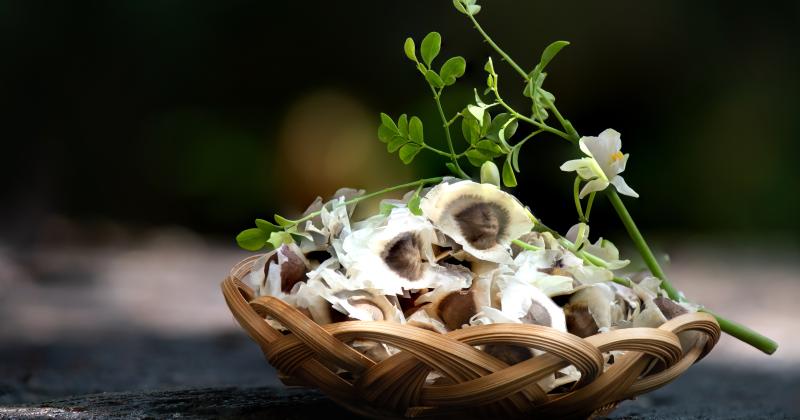 />
/>
Moringa Oleifera belongs to the Moringaceae family and is native to the sub-Himalayan regions of India, Pakistan, Bangladesh, and Afghanistan. This fast-growing, drought-resistant tree can reach heights of up to 10 meters (33 feet). read more ›
DISCOVERING MONDOGRASS
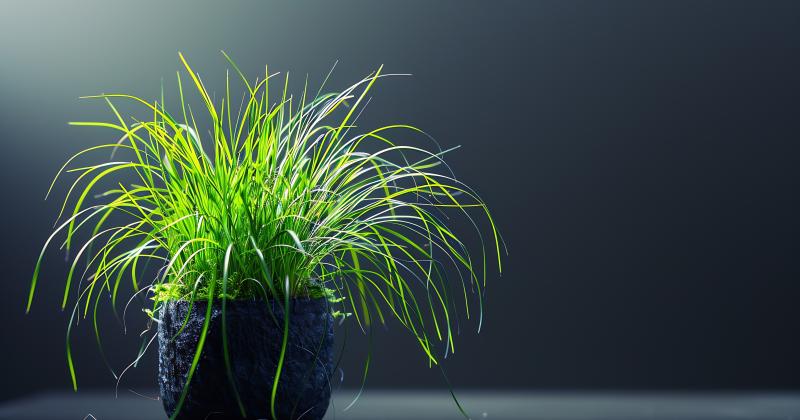 />
/>
Mondograss, scientifically known as Ophiopogon japonicus, is a perennial plant notable for its lush, tufted, grass-like appearance. It forms dense clumps of thin, arching leaves that are dark green in color. The plant typically reaches up to 15 cm in height, and during the summer, it blooms small, inconspicuous purple or white flowers. read more ›
MAQUI BERRY: A SUPERFRUIT PROFILE
 />
/>
The Maqui berry belongs to the Elaeocarpaceae family and grows on an evergreen shrub that can reach between 3 to 5 meters in height. Its leaves are oval-shaped, and the flowers are small and white, leading to the development of its distinctive deep purple berries. read more ›
UNVEILING MANGOSTEEN: THE TROPICAL TREASURE
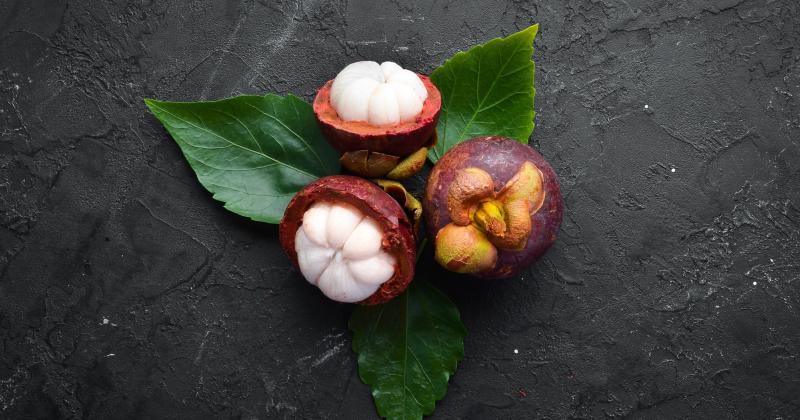 />
/>
The mangosteen fruit is rich in various phytochemicals, including xanthones, flavonoids, and tannins. Xanthones, in particular, are notable for their antioxidant properties and are predominantly found in the fruit's rind. The fruit is also a source of essential nutrients, such as vitamin C, dietary fiber, and minerals like potassium and magnesium. read more ›
LABLAB BEAN: A NUTRITIONAL AND BOTANICAL PROFILE
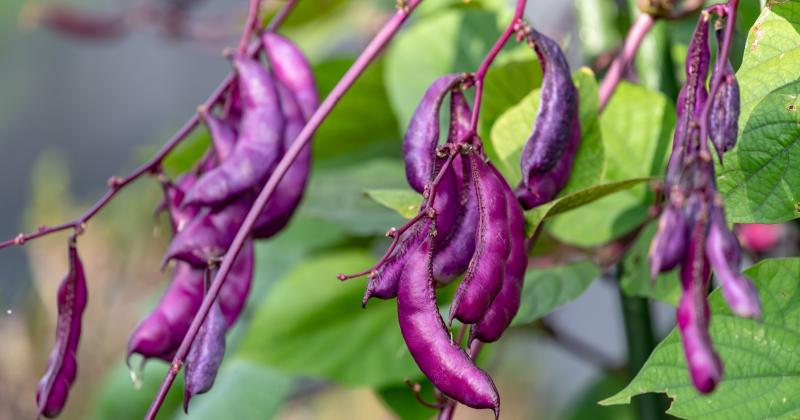 />
/>
The Lablab bean, with its rich history and nutritional profile, stands out as a versatile and healthful legume. While it offers a range of nutrients beneficial for overall health, it is important to consume it as part of a varied and balanced diet. read more ›
QUASSIA AMARA: BOTANY, HISTORY, AND TRADITIONAL INSIGHTS
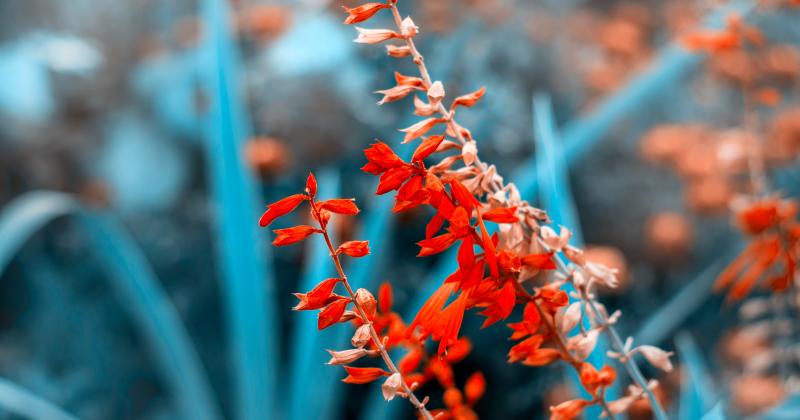 />
/>
Quassia Amara, commonly known as Quassia, is a plant noted for its distinctive botanical features. It belongs to the family Simaroubaceae and is native to the Caribbean and parts of South America. This small tree or shrub typically grows to a height of about 3 meters. read more ›
AGRIMONY: EXPLORING NATURE'S HERBAL TREASURE TROVE
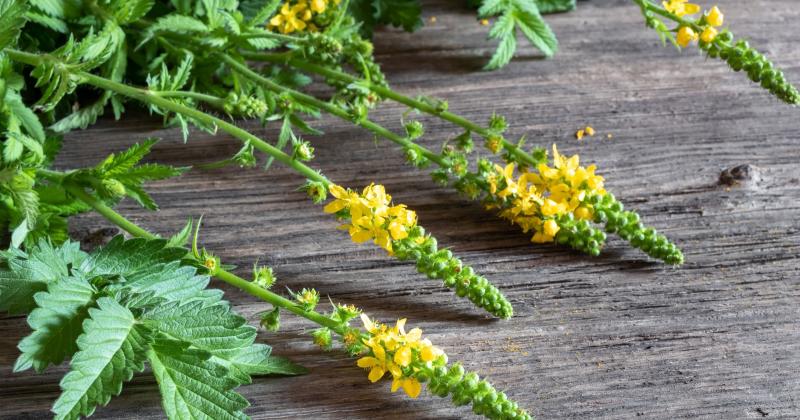 />
/>
Agrimony has a long and storied history of medicinal use dating back to ancient times. It was highly regarded by the ancient Greeks and Romans, who used it for various health purposes. In medieval Europe, it was a staple in the herbal pharmacopeia and was often referred to as "St. John's herb" or "church steeples" due to its use in herbal remedies during the Feast of St. John. Agrimony was believed to have protective and healing properties, and it was hung in homes to ward off negative energy and illnesses. read more ›
RED HENNA: A NATURAL WONDER WITH A RICH HISTORY
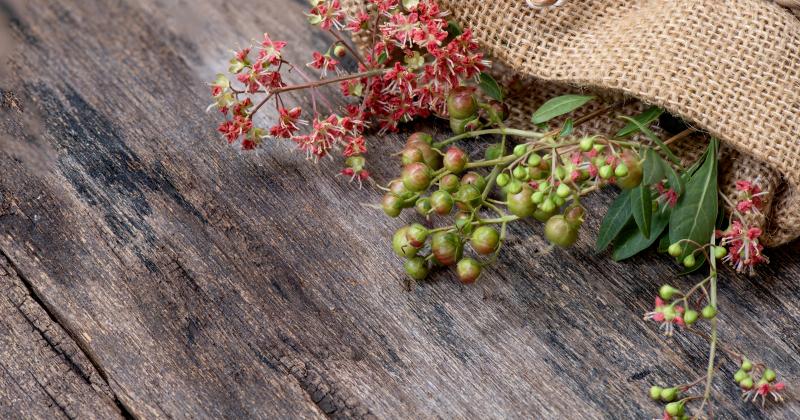 />
/>
Red Henna has a rich historical and cultural significance dating back thousands of years. It has been used in various cultures for body art, hair dyeing, and traditional ceremonies. In ancient Egypt, henna was used to adorn the bodies of pharaohs and Egyptian women. It has also played a prominent role in Indian weddings and festivals, where intricate henna designs are applied to the hands and feet of brides and celebrants. read more ›
DOGWOOD: A DELICATE BEAUTY WITH REMARKABLE QUALITIES
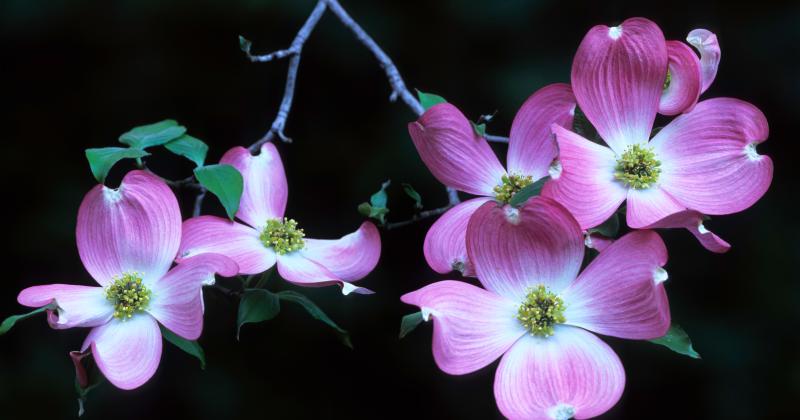 />
/>
Dogwood (Cornus florida) belongs to the Cornaceae family. It is a deciduous tree that can grow to a height of 15 to 30 feet, displaying a broadly pyramidal shape. The distinctive feature of the dogwood is its striking white or pink flowers, which appear in early spring before the leaves emerge. These flowers are actually bracts, modified leaves that surround the true flowers, which are small and inconspicuous. read more ›
TRIBULUS: NATURE'S POTENT HERB FOR VITALITY
 />
/>
Tribulus terrestris is a hardy, low-growing plant that belongs to the Zygophyllaceae family. It is typically found in warm and arid regions across the world, including parts of Europe, Asia, Africa, and the Americas. The plant's most distinctive feature is its spiky, flat fruit that is covered in sharp thorns. These thorns earned the plant its nickname "puncture vine" because they can puncture bicycle tires and the feet of unsuspecting passersby. read more ›
TEASEL: AN EXPLORATION OF ITS NATURE AND TRADITIONAL USES
 />
/>
Historically, teasel has had a multifaceted role in human activities. The dried heads of the plant were once widely used in textile processing to raise the nap on fabrics, a process known as 'teasing'. This historical use is so significant that it has influenced the common name of the plant. In traditional folk practices, teasel was revered for various purposes, including use in certain rituals and ceremonies. Its role in folklore is often as intriguing as its physical appearance. read more ›
ESPINHEIRA SANTA: NATURE'S BLESSING
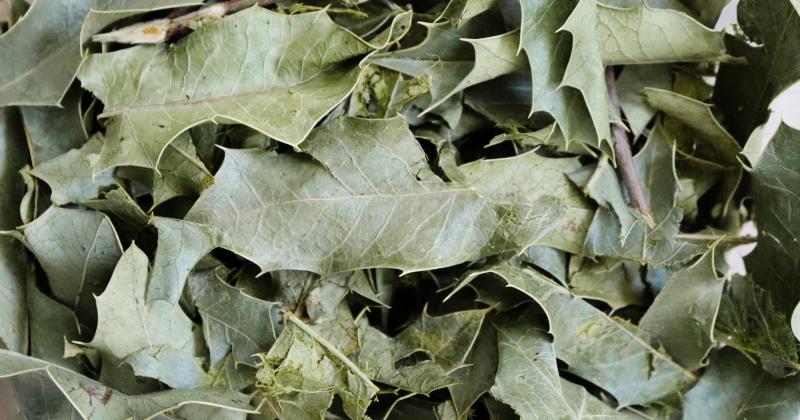 />
/>
Espinheira Santa, scientifically known as Maytenus Ilicifolia, is a plant indigenous to South America, particularly in the rainforests of Brazil, Argentina, and Paraguay. It is a medium-sized shrub or small tree that can reach heights of up to 5 meters. read more ›
NIGHT BLOOMING CEREUS: THE MARVEL OF MOONLIT BLOOMS
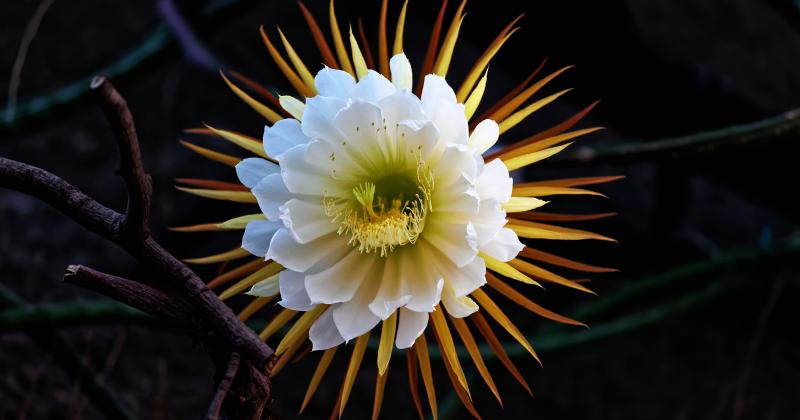 />
/>
Night Blooming Cereus, scientifically known as Cereus grandifloras, has captivated the hearts and souls of nature enthusiasts for centuries. With its ephemeral nocturnal blossoms and intriguing chemical makeup, this unique plant not only paints a spectacular visual display but also offers numerous health benefits. read more ›
Showing 1 to 13 of 13 (1 Pages)
